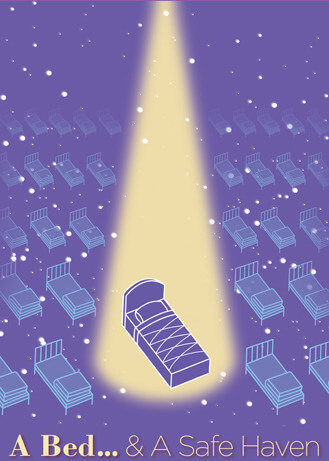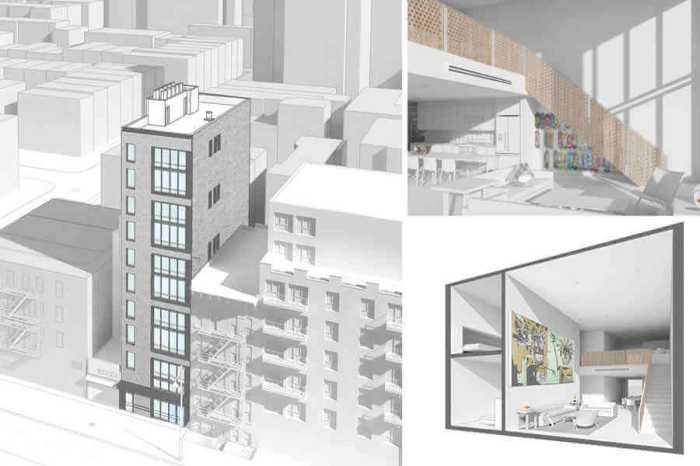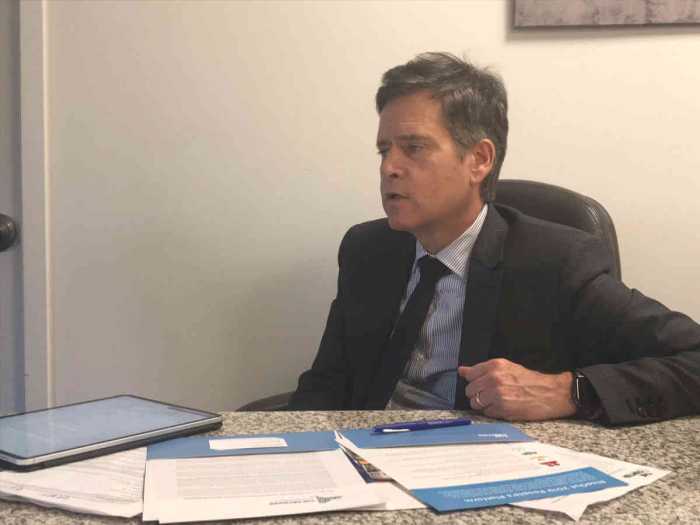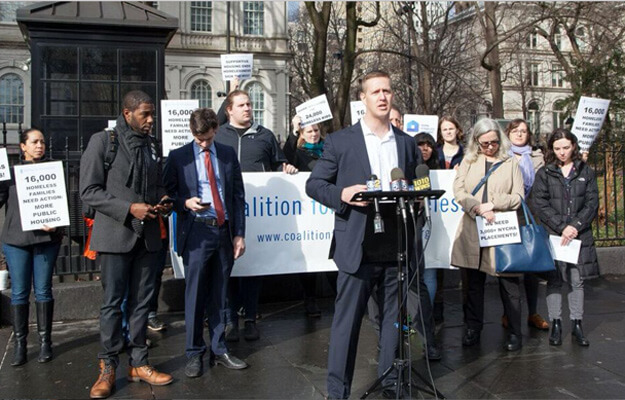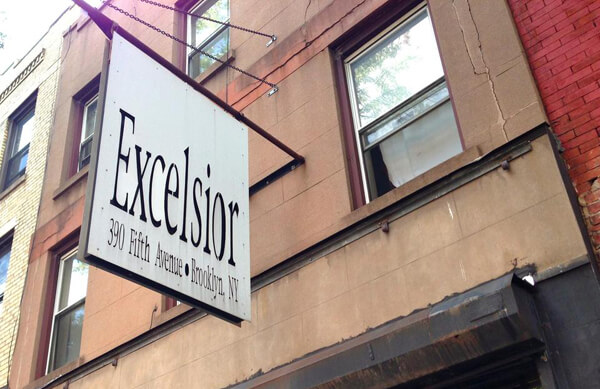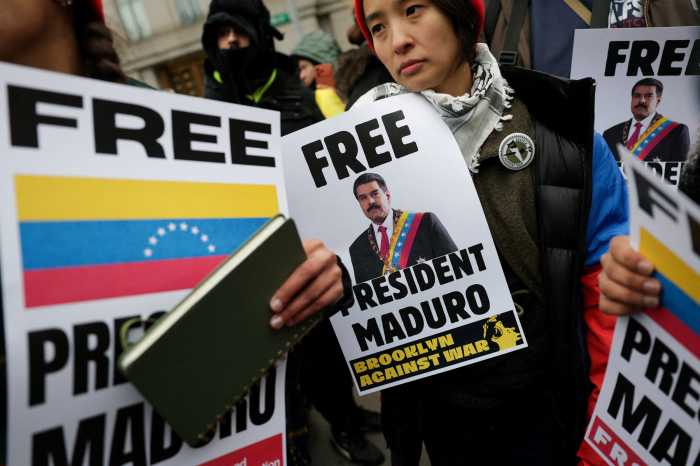Ten years ago, Adam Bucko and I started the Reciprocity Foundation, in response to the growing number of homeless youth — especially LGBT-identified young people — living on New York City streets. Around the same time, Carl Siciliano founded the Ali Forney Center (AFC). The time was ripe for change and the two organizations serve many of the same youth and work toward the same goals, often in collaboration. In recent years, AFC has become a national voice advocating for LGBT homeless youth and has helped put this issue on the map. But the level of services for homeless youth is still woefully under-resourced and we are working to fill a gap at non-LGBT oriented organizations, including Covenant House.
Prior to founding Reciprocity, Adam and I had both been working or volunteering at Covenant House and felt inspired to offer services and programs that appeared to be missing from New York City’s largest shelter and. more broadly, from the homeless sector. Covenant House gave us an education in youth homelessness, but also inspired us to do things differently and create change from within. And we are seeing some results, although there is of course much more work to do.
Although many organizations such as AFC have impressively grown housing and services for LGBT-identified youth, it was clear to us that the infrastructure to support such youth couldn’t appear fast enough to match demand. As a sector, we needed other solutions. The Reciprocity Foundation offers an alternative.
At our holistic center in Midtown Manhattan, homeless youth of all ages, sexual orientations, and world views come together to heal from past trauma, to create — films, music, images, among other things — to eat home-cooked, vegetarian meals, and to summon the strength to create change, in ourselves and in the world.
On a recent Thursday night we hosted an Urban Retreat. Roughly 20 homeless youth gathered together to practice yoga and meditation and to answer Reciprocity’s Three Questions:
What breaks your heart?
What makes you feel truly alive?
What kind of change will you help create in the world?
The youth came to us from the Ali Forney Center, Covenant House, True Colors, Safe Home, and Chelsea Foyer.
ILLUSTRATION BY MICHAEL SHIREY
During the discussion, youth partnered up with the person sitting beside them. A typical pairing was a bi-racial transgender woman with a straight, white young man or woman. The young people spoke from the heart and formed strong connections with their partners despite their apparent differences. One pair connected when they discovered that they both suffered from PTSD — for one, it was triggered by combat overseas; for the other, the trigger was surviving sex work on New York City’s streets.
Fostering these kinds of connections — that are forged across racial, sexual, and cultural lines — is one way to support LGBT-identified homeless youth in a world where LGBT-only programs are still too few in number. Adam and I have worked at group homes, shelters, supportive housing projects, and drop-in centers across the five boroughs where homeless youth of all sexual orientations must live together. We pride ourselves on creating spaces where LGBT-identified youth feel safe, but also feel understood by youth within and outside the LGBT community.
In the past year, we have also begun to lead training sessions — both at our Manhattan center and upstate — for staff working with homeless youth. We teach staff working directly with youth how to create safe spaces for youth to heal, with a strong emphasis on how to support LGBT-identified youth. Staff from Covenant House, Good Shepherd Services, and the Department of Education have completed trainings with us. The most common feedback after a training is, “I realized that I’ve been chasing down youth trying to ‘get things done’ but I completely forgot how to connect heart-to-heart with these young people.” Followed by, “Which means that I’m completely disconnected from my own heart.” When we mistreat LGBT youth, we’re most likely closed off to ourselves, our families, and friends, too.
Unfortunately, training programs to create safer or more tolerant spaces for LGBT-identified homeless youth are not funded by city or state agencies. The training programs led by Reciprocity are either funded by a private individual or offered as part of an inter-agency collaboration initiated by Reciprocity. Will our government eventually wake up and facilitate collective problem-solving, since it is the fastest and most effective way to create the changes our youth desperately need?
One of my students, an intelligent, African-American lesbian, recently confided what she perceives to be the “gifts” of homelessness. She said, “After sharing spaces and stories with other LGBT homeless youth, I learned to be more proud of and open about my sexuality.” But, she added, “I also feel more confident when I’m at school and at work, because of the gay-straight relationships I cultivated at Reciprocity.”
Her words stayed with me for a long time. Is there only one way to serve the needs of LBGT-identified homeless youth? I hope not. Because transcending homelessness is about more than uncovering who you are — it is about expressing it with clarity and confidence in a larger context.
Reciprocity Foundation (reciprocityfoundation.org) is located at 255 West 36th Street and can be reached via its website or at 646-692-4000.

